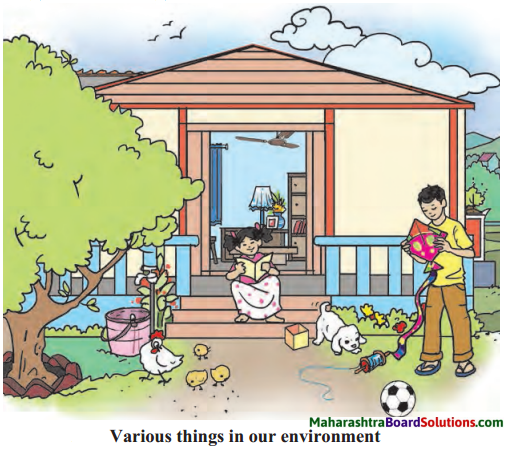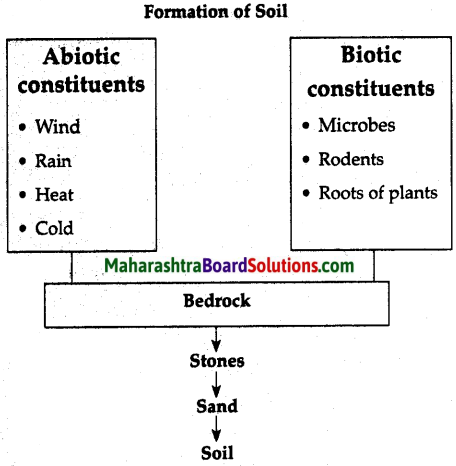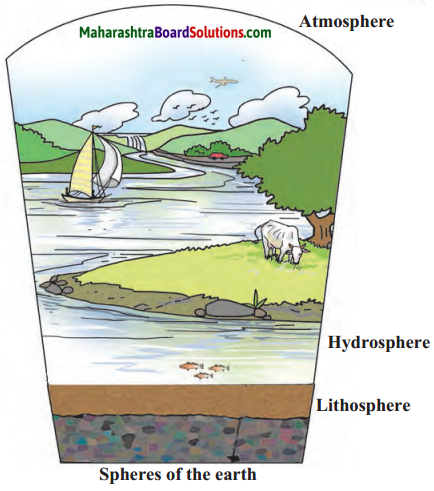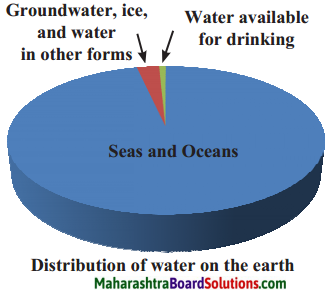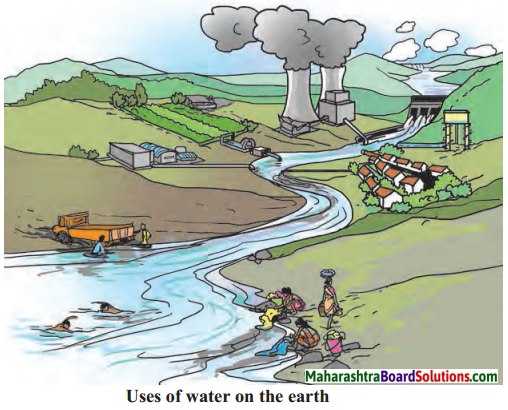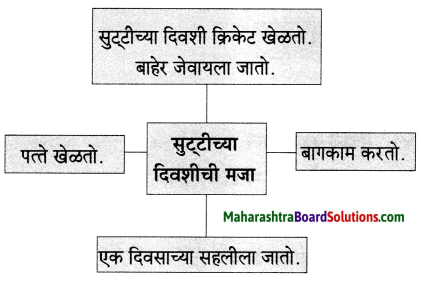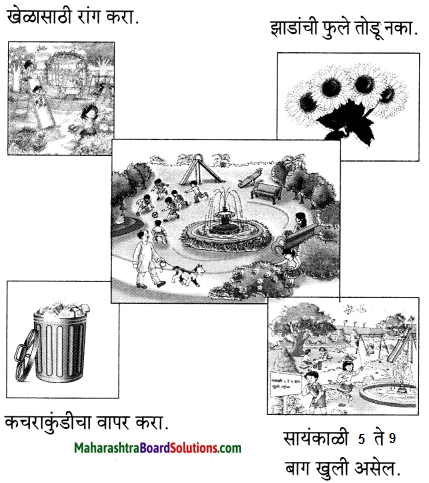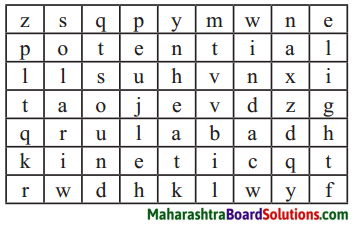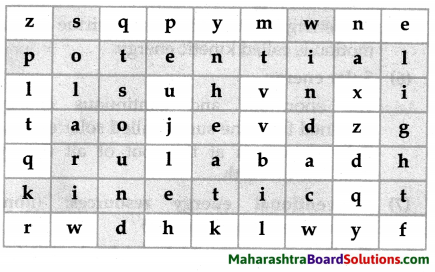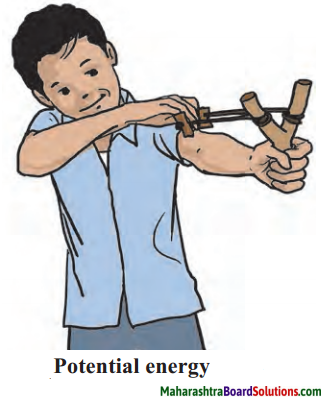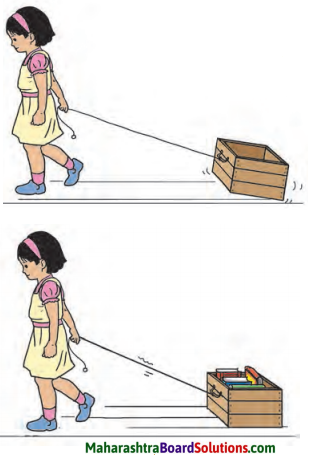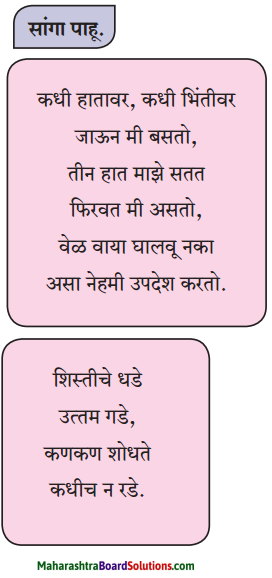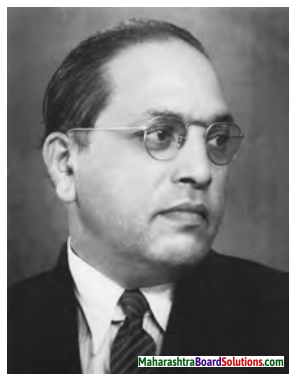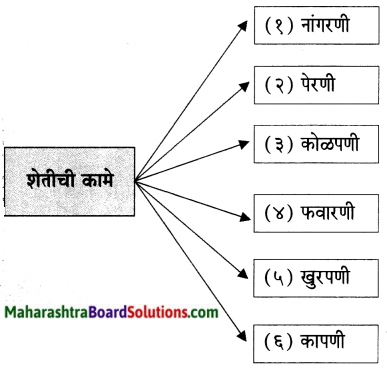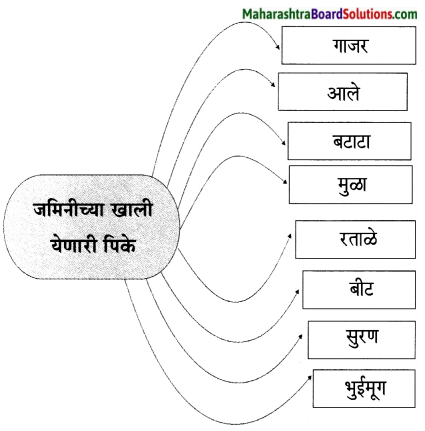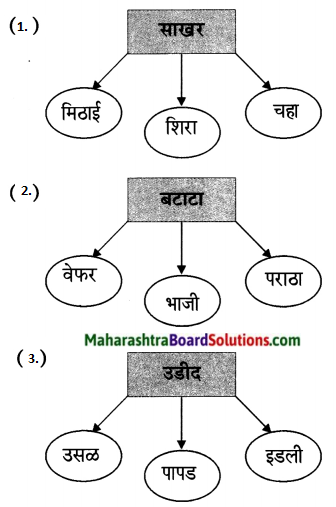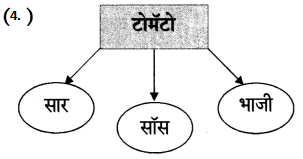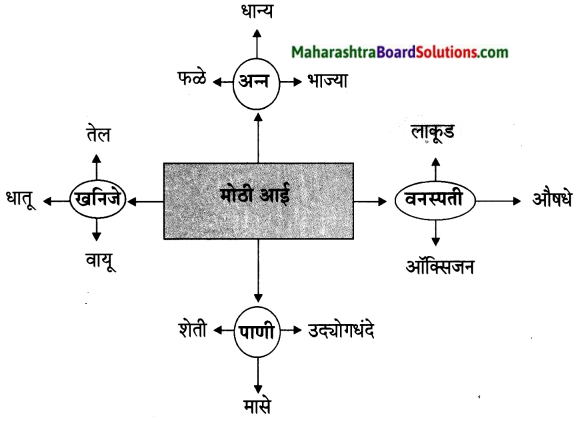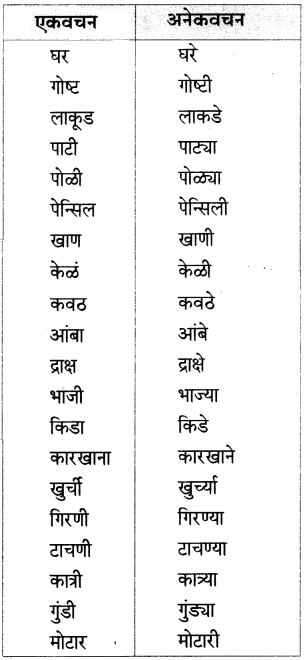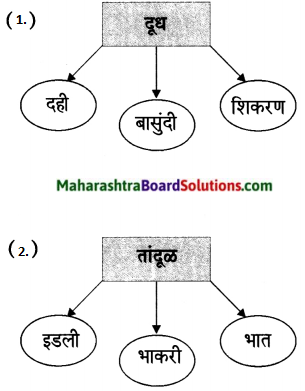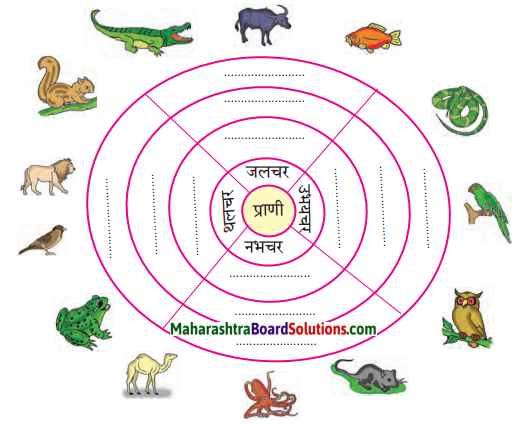Balbharti Maharashtra State Board Class 6 English Solutions Chapter 4.8 An Autumn Greeting Notes, Textbook Exercise Important Questions and Answers.
Maharashtra State Board Class 6 English Solutions Chapter 4.8 An Autumn Greeting
Class 6 English Chapter 4.8 An Autumn Greeting Textbook Questions and Answers
1. Recite the poem with proper rhythm and intonation.
An Autumn Greeting Poem Questions And Answers Question 1.
Recite the poem with proper rhythm and intonation.
![]()
Class 6 English Chapter 4.8 An Autumn Greeting Additional Important Questions and Answers
Analysis of the poem.
An Autumn Greeting Poem Std 6 Question 1.
Name of the poem: An Autumn Greeting
Poet: George Cooper
Answer:
1. Central Idea: Tracing the journey of the little leaves in autumn from the treetops to their earthy beds, that is the ground and how they are embedded under the winter snow. A beautiful description of changes observed in nature during autumn.
2. Stanzas: Three stanzas with 8 lines in each stanza.
3. Poetic Device:
a. Rhyming words used:
- day – play
- gold – cold
- call-all
- flew – knew
- went – content
- beds – heads
(b) Figures of speech used: Personification is the figure of speech used in this poem, i.e., a figure of speech wherein inanimate objects are given the human qualities. It has added effectiveness to the human qualities. It has added to the beauty of the poem.
e.g.:
‘Come little leaves’- send the wind one day.
1. As the leaves heard the wind’s loud call.
4. Imagery:
Imagery is used to make a poem vivid and descriptive thus providing clarity to the readers. With the beautiful use of imagery the poet has taken the poem to another level.
e.g.:
Down they came fluttering,
One and all;
Over the meadows
They danced and flew ………..
An Autumn Greeting Summary in English
This journey of the leaves from the tree to their earthy beds is aided by their friend ‘the wind’. He ushers them to come over the meadows in their red and gold dresses and play with him. The wind reminds the leaves that summer has bid them goodbye, and winter has set in. The leaves as if waiting for the wind’s call, come down fluttering, dancing, flying and singing. Their journey continues till they reach their earthy beds and they fall into deep sleep with snow covered over their heads.
Introduction:
The poet describes the beauty of the autumn season. Come autumn and the leaves begin to change colour. They change into red and gold and they start falling off the trees. With the weather getting colder, the leaves are covered by the snow.
Glossary:
- meadows (n) – a field which has grass and flowers growing on it
- fluttering (v) – moving (flying) up and the grass down or side to side with quick movements
- to be content (v) – to be satisfied
- mantle (n) – (here) a layer of ice covering
![]()



